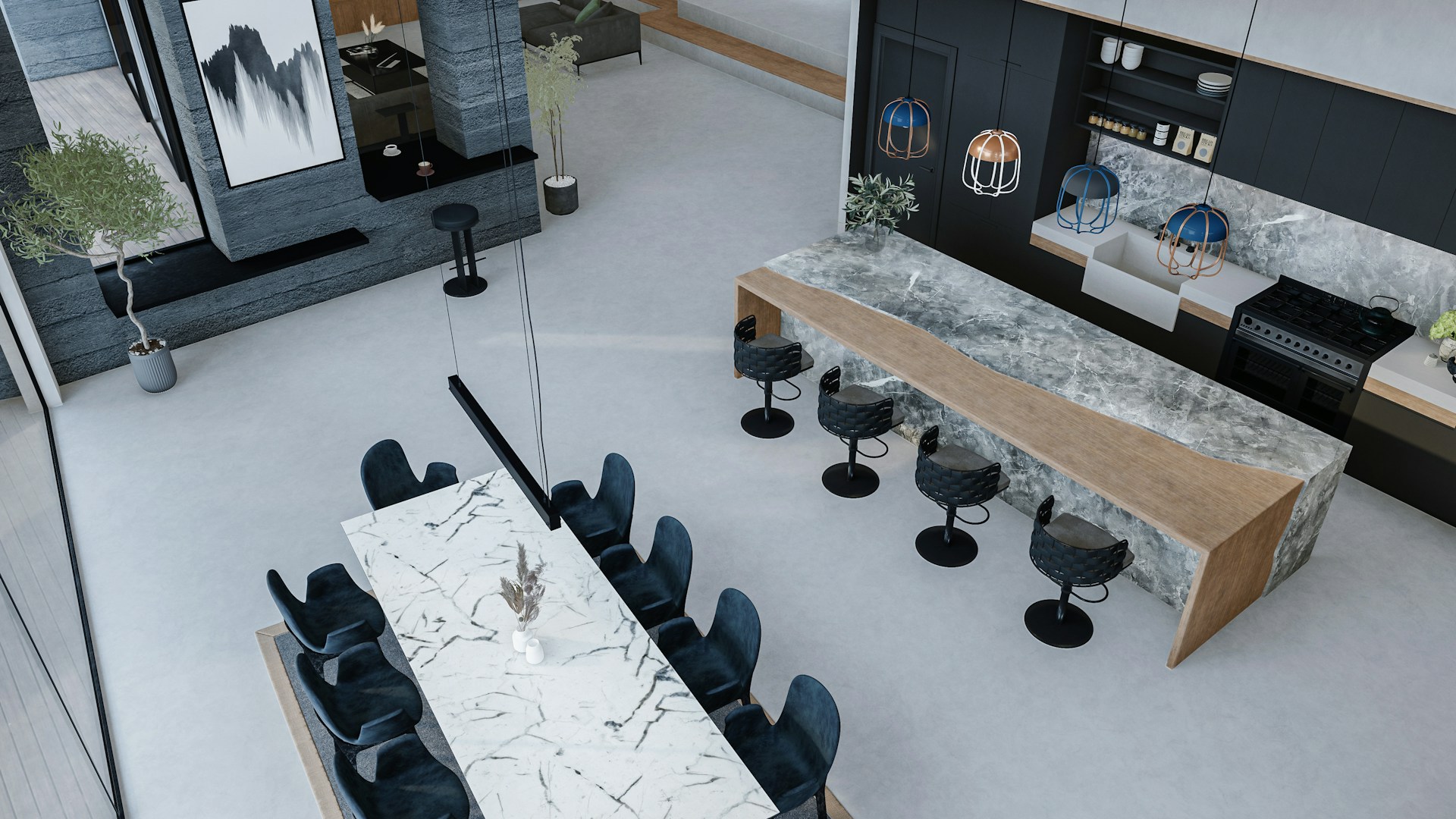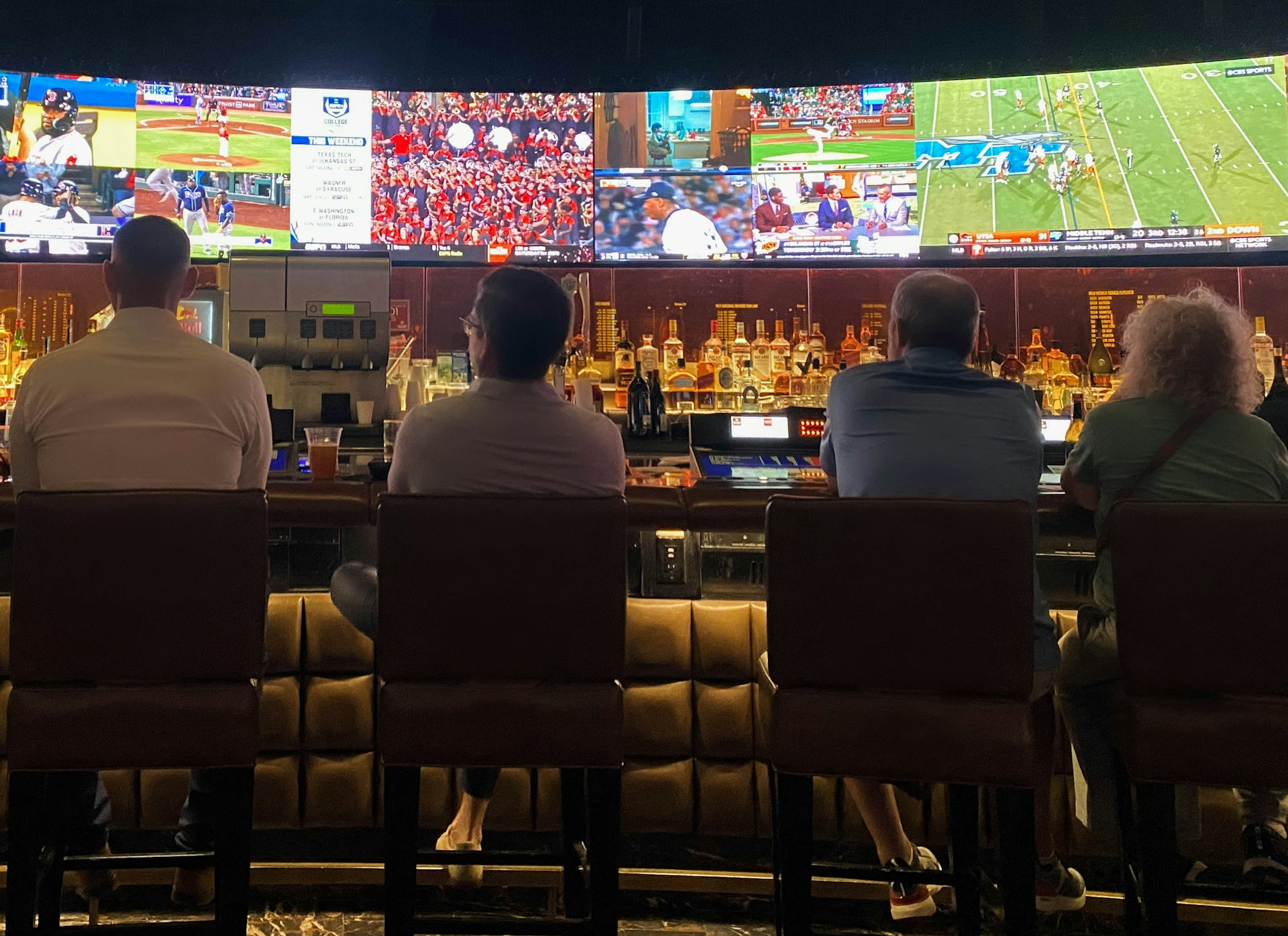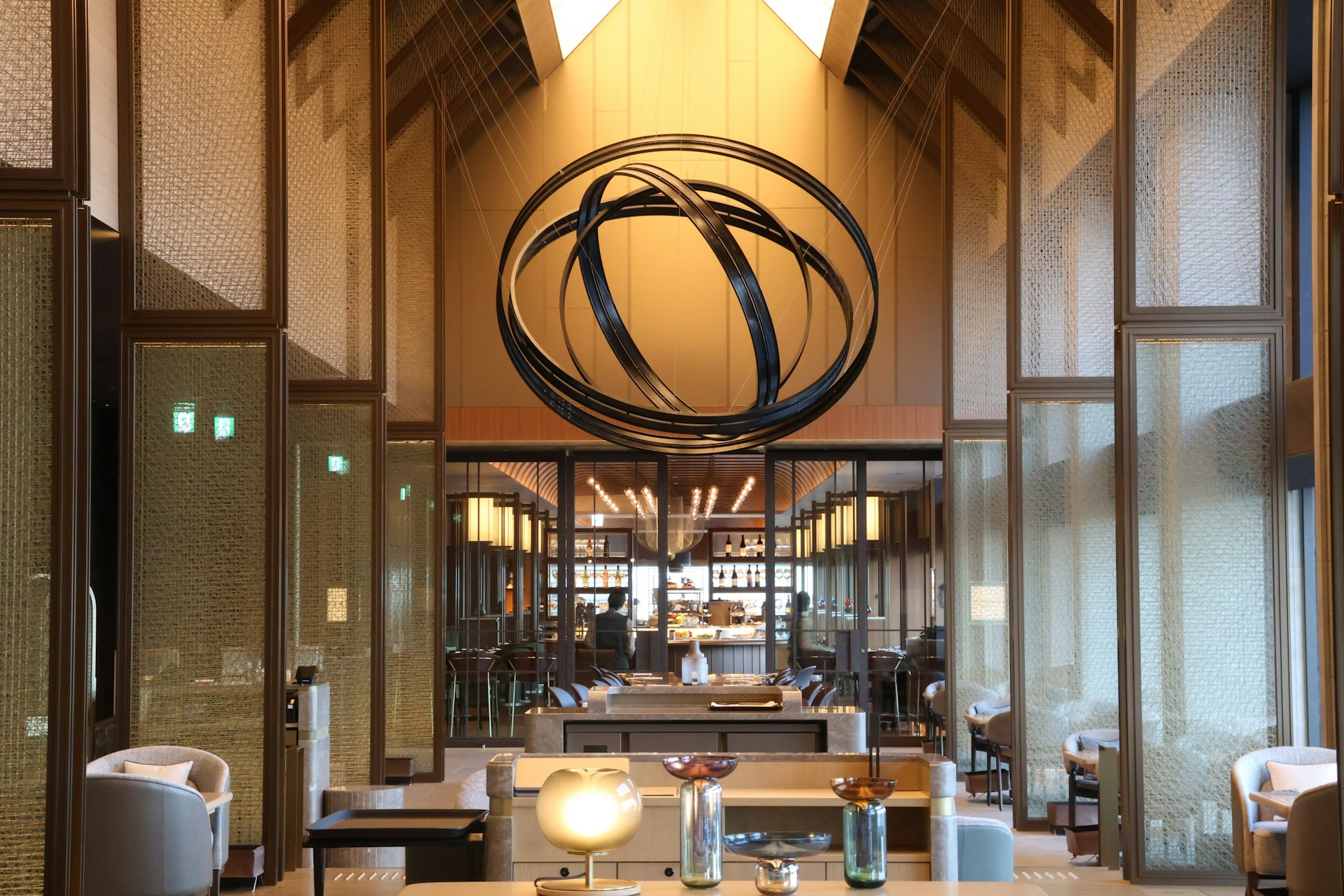ADA compliance applies to every restaurant in McKinney, regardless of size or style. Federal ADA Title III rules classify restaurants as public accommodations, requiring equal access to restrooms for all customers and employees.
We handle these requirements through the ADA Standards for Accessible Design, which specify exact dimensions for doors, stalls, fixtures, and accessible routes. New construction and alterations must meet current standards, while existing facilities need barrier removal when readily achievable.
How Many Toilets And What Types Of Facilities Are Generally Required?
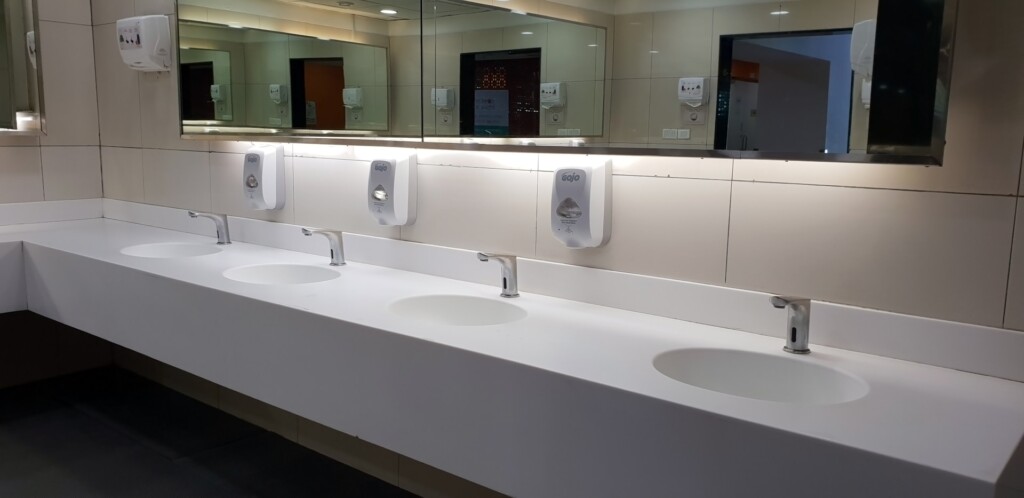
Public restrooms follow standard count rules that balance accessibility with operational needs. The typical requirement calls for one toilet for every 30 women and 60 men in customer areas. This ratio ensures adequate capacity during peak usage periods while maintaining reasonable construction costs for restaurant owners.
Small establishments have more flexibility in their restroom configuration. We often see restaurants under a certain size combine customer and employee facilities into shared restrooms. This approach works well for operations with limited square footage or lower customer volumes. Larger restaurants typically need separate employee restrooms to meet health code requirements and maintain operational efficiency during busy service periods.
Carryout-only businesses face different requirements entirely. These operations may only need employee restrooms since customers don’t typically dine on-site. However, we always verify local health department guidelines, as some jurisdictions still require customer access even for takeout-focused establishments.
Every restaurant must provide at least one accessible stall regardless of total restroom count. This stall requires grab bars mounted at specific heights and locations to assist users with mobility needs. We install horizontal grab bars on the rear wall measuring at least 36 inches long, with side wall bars extending 42 inches minimum. The accessible stall itself needs sufficient space for wheelchair maneuvering and transfer.
Combined facilities work best when designed with universal access principles from the start. We position fixtures to accommodate both standard users and those requiring accessibility features. Proper spacing between fixtures, appropriate door widths, and accessible routes become critical in these shared spaces where every square foot counts toward multiple user needs.
What ADA Dimensions Matter For Stalls, Urinals, And Clear Floor Space?
Getting the specific dimensions right makes the difference between compliance and code violations. We focus on three critical measurements when building accessible facilities: stall configurations, urinal specifications, and clear floor space requirements.
Toilet Stall Dimensions
Accessible toilet stalls require a minimum depth of 56 inches for wall-mounted water closets and 59 inches for floor-mounted units. Door clear opening must measure at least 32 inches when opened 90 degrees to accommodate wheelchair access. Toe clearance below partitions needs at least 9 inches above the floor and extends 6 inches beyond the partition face.
We ensure an accessible route connects to each compliant stall without obstructions. Install grab bars on the side and rear walls within every accessible stall. Side grab bars extend 42 inches minimum in length, while rear grab bars measure 36 inches minimum.
Urinal Specifications
Urinals must provide a 30-by-48-inch clear floor space positioned for forward approach. This space cannot overlap the accessible route or other fixture clearances. Wall-hung urinals require rim height maximum 17 inches above the finished floor, with a minimum depth of 13.5 inches from rim to back wall.
Flush valve controls mount maximum 44 inches above the floor when hand-operated. We position urinals either in individual stalls with adequate clearance or mount them directly on walls. Where partitions obstruct clear floor space on both sides for more than 24 inches, increase the width to 36 inches minimum.
Hand-operated flush controls must comply with operable parts requirements, operating with one hand without tight grasping or twisting motions. Automatic flush controls eliminate these operational constraints.
Clear Floor Space And Additional Elements
Accessible sinks require clear floor space 30 inches wide by 48 inches deep for forward approach. Mount sink rims maximum 34 inches above the floor with knee clearance 27 inches high minimum. Insulate exposed pipes beneath accessible sinks to prevent contact burns.
Position soap and towel dispensers within accessible reach ranges between 15 inches and 48 inches above the floor. Dispensers projecting into circulation paths must comply with protruding object limitations. We often lower standard dispenser heights to improve reach access for wheelchair users.
Grab bars mount between 33 and 36 inches above the floor measured to the top gripping surface. Provide 1.5 inches clearance between grab bars and walls with 12 inches minimum clearance above the bar. All grab bars must withstand 250 pounds of force applied at any point.
How Should Doors, Paths, And Restroom Locations Be Planned In A McKinney Restaurant?
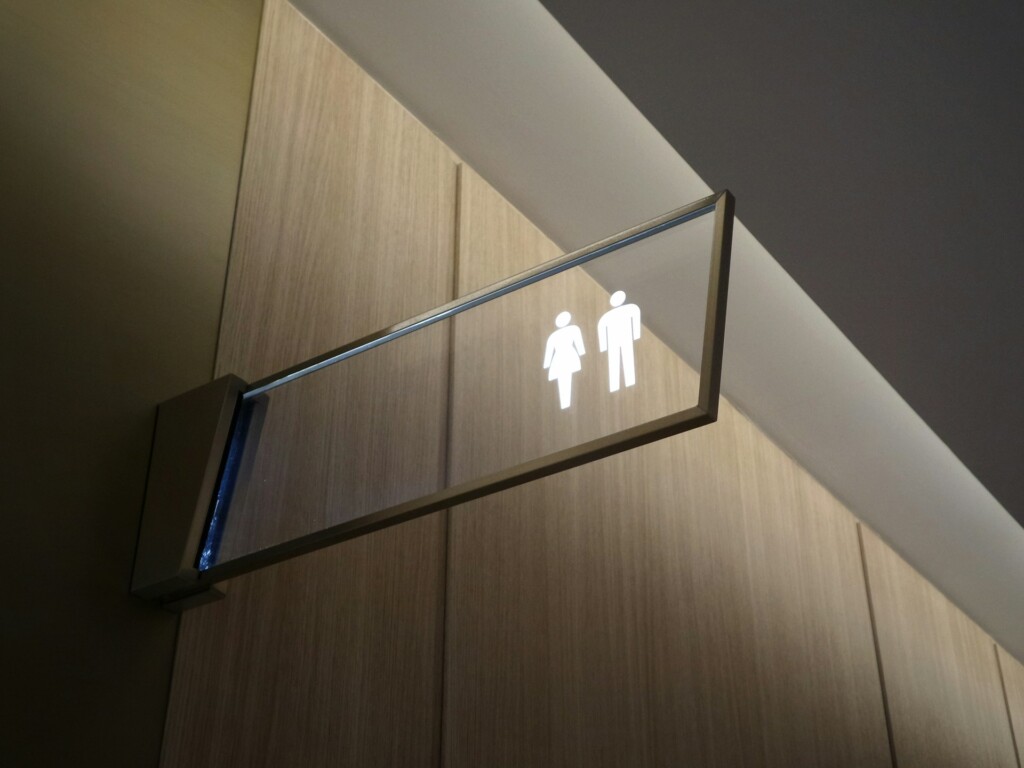
Proper planning of doors, pathways, and restroom placement creates the foundation for accessible restaurant operations. We approach these elements as interconnected components that work together to provide seamless navigation throughout the facility. Each measurement and placement decision directly impacts how customers and staff move through the space.
Door Clearance Requirements
All doors providing user passage must maintain at least 32 inches of clear width when measured with the door open 90 degrees. This measurement applies to restroom doors, dining area entrances, and any other passage doors along accessible routes. We measure from the face of the door to the opposite stop to ensure wheelchair users have adequate clearance.
Door hardware must be operable with one hand without tight grasping or twisting. The hardware should be positioned between 34 and 48 inches above the floor for easy reach. We ensure that door opening force does not exceed 5 pounds for interior doors, though fire doors may require greater force as allowed by local codes.
Path Of Travel Standards
Accessible paths throughout the restaurant must be at least 36 inches wide to accommodate wheelchair users and mobility devices. These pathways connect all customer areas including waiting areas, dining spaces, food bars, and entertainment zones. We maintain this width continuously along the entire route without any pinch points or obstructions.
The path surface must be firm, stable, and slip-resistant with running slopes not exceeding 1:20. Any changes in level require proper transitions, and we keep cross slopes to no more than 1:48. Clear floor space at destinations must be at least 30 by 48 inches to allow for maneuvering and positioning.
Strategic Restroom Placement
Restrooms must be easily accessible from both receiving and dining areas without requiring customers to pass through food preparation areas, basements, or back-of-house spaces. This no-through-kitchen rule ensures that accessibility does not compromise food safety protocols or create awkward customer experiences.
We position restrooms along natural circulation paths where customers would logically expect to find them. The route from dining areas to restrooms should be direct and intuitive, minimizing the need for complex wayfinding. Emergency egress requirements also influence placement to ensure restrooms do not block evacuation routes.
Clear Signage And Wayfinding
All accessible facilities require clear, visible signage that meets ADA standards for text size, contrast, and placement. We mount restroom signs on the wall adjacent to the latch side of the door at 60 inches above the floor to the centerline of the sign. The signage includes both visual text and tactile characters with Braille.
Directional signage helps guide users along accessible routes, particularly where the path may not be immediately obvious. We use consistent symbols and terminology throughout the facility to reduce confusion. The signage must be well-lit and positioned to remain visible even when doors are open or when other customers are present.
Level Access And Ramp Provisions
Where level changes occur, we provide ramps or other accessible means rather than steps. Ramps must have running slopes no steeper than 1:12, with cross slopes not exceeding 1:48. Landings at the top and bottom of ramp runs must be at least as wide as the ramp and 60 inches long minimum.
We ensure that all accessible routes remain level and stable, addressing any settlement, heaving, or deterioration that could create tripping hazards or barriers to wheelchair use. Regular maintenance prevents the accumulation of debris, water, or other obstacles that could impede access.
Obstruction-Free Route Maintenance
Accessible routes and floor spaces must remain clear of temporary and permanent obstructions. We establish operational procedures to prevent staff from placing equipment, supplies, or promotional materials in accessible pathways. Tables, chairs, and other furnishings must be arranged to maintain the required clearances even when in use.
Storage areas, cleaning equipment, and maintenance supplies require designated locations that do not encroach on accessible routes. We train staff to recognize and immediately address any obstructions that could impede accessibility, treating route maintenance as an ongoing operational priority rather than a one-time design consideration.
What Operational Policies Support ADA Restroom Compliance?
We establish clear communication practices to address patron needs throughout our restaurant construction projects. When guests identify accessibility concerns, we ensure staff can provide effective assistance or direct them to appropriate resources. This includes training personnel to recognize when policy adjustments might improve service delivery.
Service animal access presents a common operational consideration in restaurant design. We coordinate with management teams to permit service animals throughout customer areas, including routes to restrooms. Federal ADA regulations require establishments that sell or prepare food to generally allow service animals in public areas even if state or local health codes prohibit animals on the premises. This requirement extends to restroom access routes and waiting areas adjacent to facilities.
Physical modifications often support broader accessibility goals beyond basic compliance. We evaluate opportunities to lower dispensers, widen existing stalls, or adjust fixture placement during renovation phases. These reasonable modifications enhance usability without compromising facility function or safety standards.
Maintenance protocols keep accessible features operational over time. We specify materials and installation methods that support long-term accessibility of ramps, door hardware, and route surfaces. Regular inspection schedules help identify wear patterns that could create barriers, particularly in high-traffic areas leading to restrooms.
Barrier removal requirements vary based on construction timing and scope. For existing facilities, we assess what improvements are readily achievable given current building conditions and budget constraints. New construction and major alterations must meet current ADA Standards regardless of cost considerations. This distinction affects our approach to retrofit planning versus ground-up development.
Local jurisdictions sometimes provide flexibility for smaller operations through alternative compliance paths. McKinney may permit single unisex accessible restrooms for very small restaurants where separate male and female facilities would create space constraints. We coordinate with the local health inspector early in design phases to confirm which requirements apply to specific project situations and square footage thresholds.
Conclusion and Next Steps

Meeting ADA restroom requirements in McKinney restaurants centers on four key areas: accessible routes with proper widths, doors that provide adequate clearance, correctly sized stalls and fixtures, and properly positioned dispensers and controls. We focus on these fundamentals because they create the foundation for true accessibility rather than minimal compliance. The 56-inch stall depth, 32-inch door clearances, 17-inch urinal rim heights, and 36-inch pathway widths we’ve outlined represent the baseline measurements that make restrooms genuinely usable for people with disabilities.
For new construction and alterations, we apply the full ADA Standards for Accessible Design without exception. For existing facilities, we prioritize barrier removal where readily achievable, understanding that older buildings may have structural constraints that affect implementation. Small businesses should note that some jurisdictions permit unisex accessible restrooms as an alternative to separate facilities, but this requires verification with McKinney’s local health inspector before proceeding with design or construction plans.
Contact EB3 Construction to ensure your restaurant restroom project meets both ADA Standards and McKinney’s local requirements.


